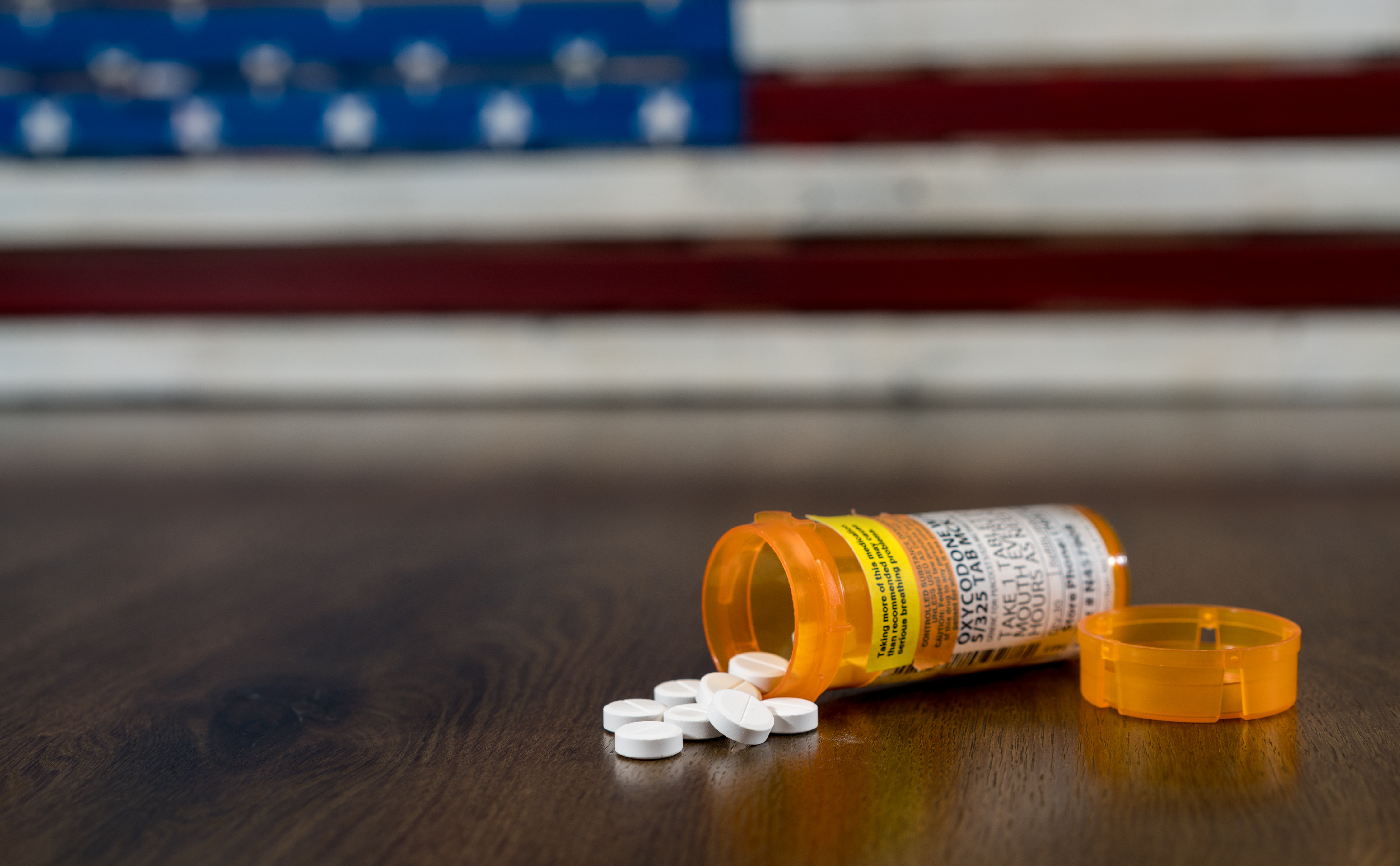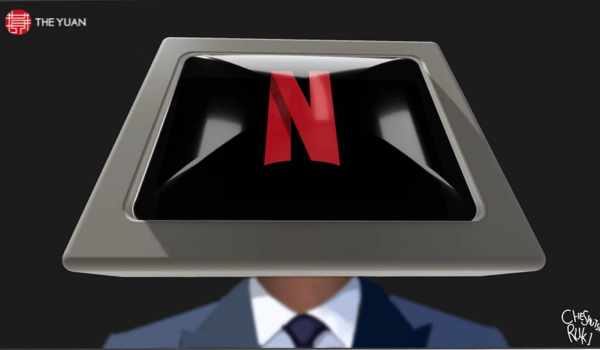


CAMBRIDGE, MASSACHUSETTS - French President Emmanuel Macron recently announced an ambitious plan calling for France to produce at least 20 new biotherapies by 2030. With financing from the French public investment bank, his government’s La French Care initiative aims to support the domestic biotech ecosystem and turn France into a “pioneer mRNA [messenger ribonucleic acid] nation.” Similarly, many other governments - from the Netherlands to the United Kingdom - are doubling down on their domestic biotech sectors.
This attention is welcome, but will it be enough? As the COVID experience has shown, securing approvals for a handful of vaccines and therapeutics requires hundreds of clinical trials for existing and new compounds - many of which fail. Medical innovation is expensive, and the costs and risks associated with it tend to be misunderstood by policymakers and ordinary citizens alike.
Consider the story behind ribonucleic acid interference (RNAi) therapeutics, a new category of medicines that target the genetic causes of disease and use small interfering RNA (siRNA) to ‘turn off’ harmful proteins at their source. These treatments have virtually unlimited potential, but the journey from scientific possibility to real opportunity for patients has been very long.
The discovery of the structure and function of deoxyribonucleic acid in the 1950s launched a sustained research effort to understand the biological mechanisms underpinning the process of gene expression. Building on those breakthroughs, Andrew Fire and Craig Mello discovered RNAi, or ‘gene silencing,’ in 1998, for which they won the
The content herein is subject to copyright by Project Syndicate. All rights reserved. The content of the services is owned or licensed to The Yuan. The copying or storing of any content for anything other than personal use is expressly prohibited without prior written permission from The Yuan, or the copyright holder identified in the copyright notice contained in the content. Continue with Linkedin
Continue with Linkedin
 Continue with Google
Continue with Google










 1256 views
1256 views







